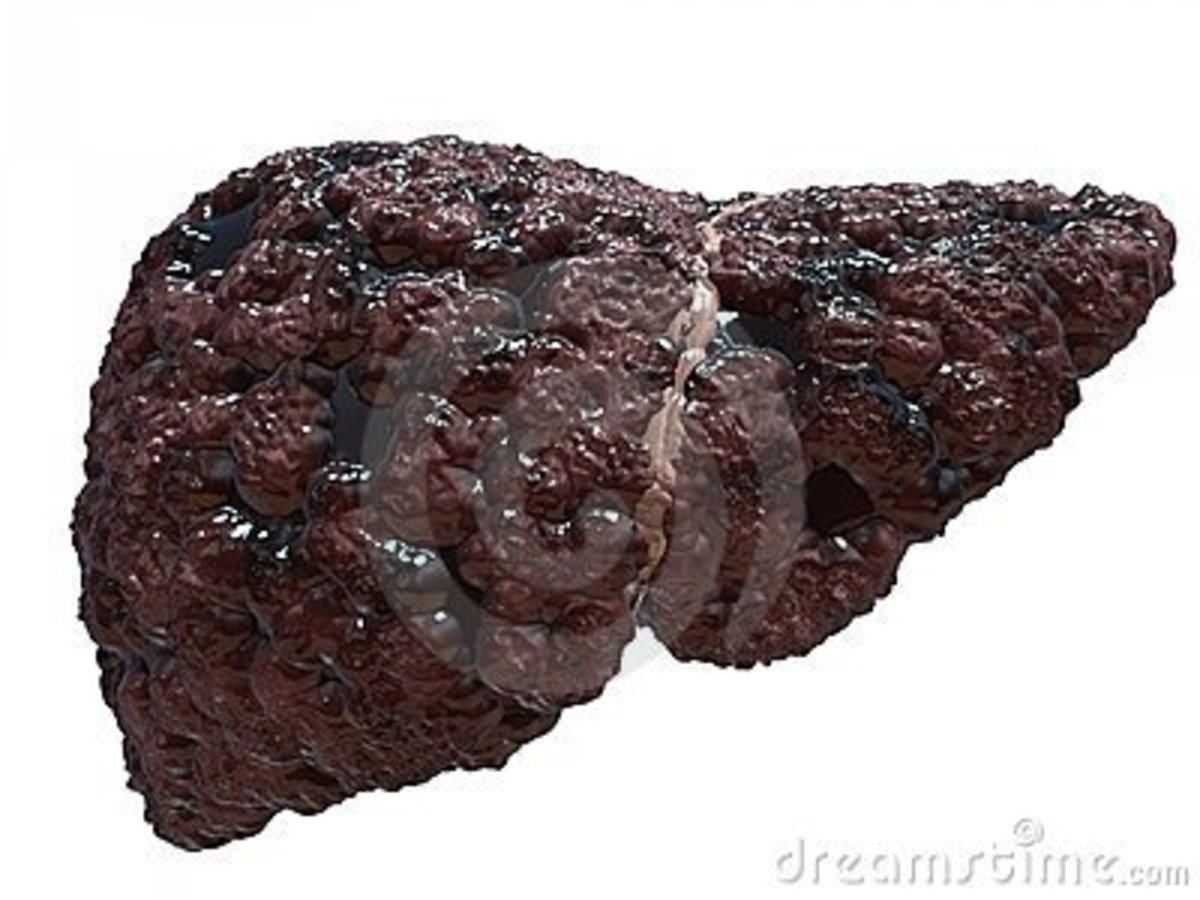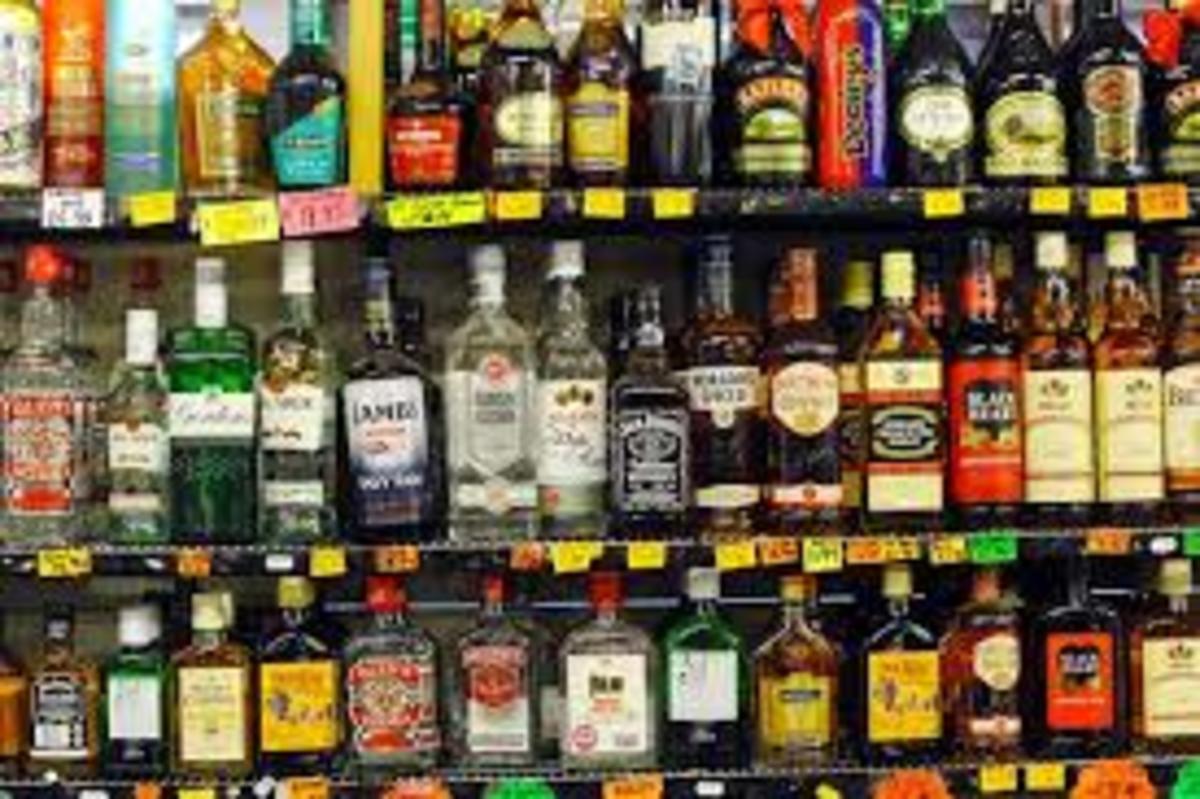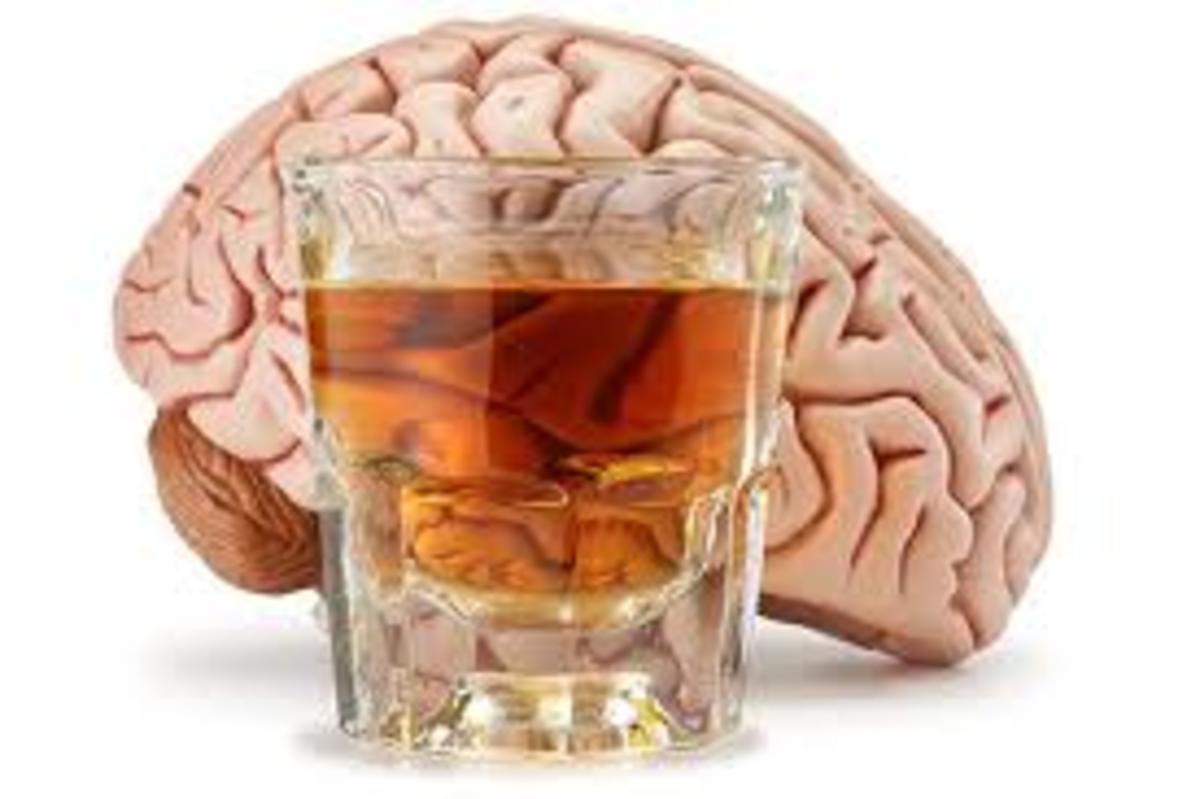- HubPages»
- Health»
- Mental Health»
- Addiction
Alcoholic Liver Disease – Alcohol Dependence is Killing Us
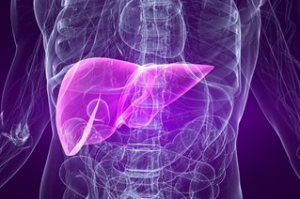
The liver is a really important organ in the body. It is responsible for filtering your blood, for cleansing poisons among other things, and too much alcohol is a poison. That is why we feel rough the day after a heavy drinking session. We have drank more than our liver could cope with.
Every time we take an alcoholic drink, we kill a few liver cells, and they do not regenerate.
The dead cells form scar tissue called fibrosis, but the living cells take over the job of the dead cells.
We can kill off 90% of our liver and it will still function, because that other 10% is capable of taking over the whole function. But that is the absolute minimum it can function on.
When we reach this stage, just one more drink can kill us.
And the really frightening thing is, there are no warningsigns. Unless we have been hospitalised for something else, and liver function tests have been carried out, we have no idea how healthy or otherwise our livers are.
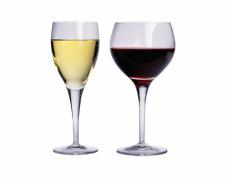
Alcoholic Liver Disease is on the Increase
In the Western World in general, alcoholic liver disease in on the increase, but nowhere more so than in the UK.
Liver disease in the under 30s age group has rocketed by 50% in the last 10 years between 2001 and 2011, due in a large part to the an increasing alcohol dependence among the youth.
Part of this is because of cheap supermarket booze and the culture of drinking at home which the No Smoking in pubs law has indirectly encouraged.
When people socialise in pubs, their drinking level is pegged to price and rate of alcohol consumption of those around them.
Not so at home. It is very easy to binge drink as you top up from a bottle whenever you please, pouring as much alcohol into a glass as you please, whereas in a pub you are served a stringent regulated measure, which amounts to about 5 teaspoonfuls of a hard liquor.
That, plus pricing where you pay the same for a whole litre of hard spirits as you would for 3 or 4 pub drinks has meant that home drinking is on the increase.
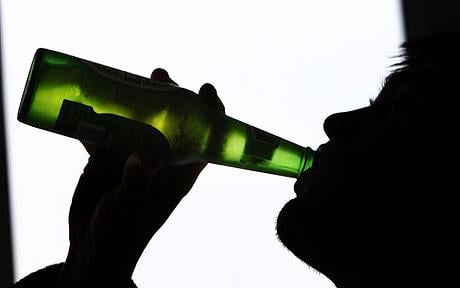
How Much Alcohol is Too Much?
It was long believed that people who develop liver cirrhosis (that is the name for the disease where scar tissue is formed on the liver) are heavy drinkers who have drank copious amounts of alcohol steadily for 10 years or more.
New research is showing that cirrhosis is increasing in younger people, and in those who have not, apparently, over-stepped the mark when it comes to alcohol consumption.
Binge drinking is on the increase, with people regularly setting aside at least one night a week to get drunk, even if they abstain for the rest of the week. This form of heavy drinking is extremely damaging to the liver.
New research now puts the maximum safe alcohol consumption at 4 units a day for men, and 3 units a day for women.
Over the course of a week this falls further to 21 units for men, and 14 for women.
A unit of alcohol is equivalent to
- half a pint ordinary strength beer or cider
- 5 teaspoons of spirits
- 50ml sherry or port
- a small glass (125ml) wine
If your regularly drink more than this, you are at risk of developing liver disease. Woman are more prone to developing alcoholic cirrhosis than men, and that is why their safe limit is set lower.r.

Feed your Liver
One thing that can help prevent alcoholic liver disease is to make a habit of always eating before you start drinking.
A high protein meal is recommended to help protect the liver.
Drinking on an empty stomach is the worst thing you can do, as the liver has nothing to sustain it as it goes about its function of purifying the toxins in alcohol.
Studies have shown that eating well substantially reduces the risk of developing alcoholic cirrhosis. The timing of your meal is crucial too.
If you normally have your main meal of the day at 2pm, by 6pm your stomach is empty again, yet this is the time many young workers may meet in a pub after work for a few drinks before going home.
Many other people use alcohol as an appetiser, preferring to drink an aperitif or two before eating. This can cause fatty liver damage.
Eat first, then drink alcohol, if you must.
People who have developed an alcohol dependence often forget to eat, or grab a hastily prepared sandwich at some point.
This is simply not enough to protect your liver, which, let's face it, when it fails, there is not another organ in the body can take over it's function, and so you either die or if you are very lucky, get a liver transplant.

Alcoholic Liver Disease Kills
I knew a man who by no stretch of the imagination could be considered an alcoholic. He was 51 years old, physically fit, (he ran a boys' football team), and every evening he went to the pub, bought a couple of pints of beer over the course of an evening, and sat in a corner doing the daily newspaper's crossword if none of his mates were in.
Then he'd go home and have something to eat with his wife who worked shifts - so from this we can assume he drank on an empty stomach, but never enough to even get drunk, except for the odd weekend binge drinking session that most of us indulge in.
One day he noticed his legs were swollen, and went along to see his doctor. This was one of the alcohol liver damage symptoms, which luckily his doctor recognised right away. He was admitted to hospital that day, but was never released.
He died from chronic liver failure less than 2 months later, despite a huge battle for his life from both himself and medics.
That is how frightening liver disease is. It creeps up on us, and kills us when we are not looking and certainly not expecting it.
Alcoholism is on the increase. We must learn to reduce our dependence and eat better, in order to reduce the rapidly climbing rate of alcoholic liver disease.

